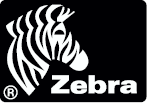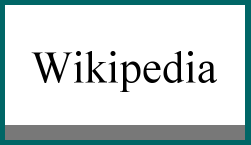Zebra Programming Language
Zebra Programming Language (ZPL) is a page description language from Zebra Technologies, used primarily for labeling applications. The original language was superseded by ZPL II, but it is not fully compatible with the older version. Meanwhile, ZPL II is emulated by many label printers of various producers.
 Zebra logo | |
| Developer | Zebra Technologies |
|---|---|
| OS | independent |
| Influenced by | |
| ANSI BASIC | |
Later, the Zebra BASIC Interpreter (ZBI) was integrated into printer software, which is seen as an advancement to ZPL II by the producer and is ANSI BASIC oriented. Primarily, it is intended to avoid a refactoring of code when changing the printer, if the old printer software was written by a label printer of a competitor. A possible use of ZBI could be for when the Zebra printer receives a foreign label format, which it would then convert to ZPL II on the fly so it can be printed.[1]
Commands
The language commands always start with a caret ('^') or tilde sign ('~'). Currently, more than 170 commands exist in ZPL II. Each format has to start with the command ^XA and end with ^XZ.[2] For instance, the font size is sent to the printer with the ^ADN,n,m command, where n and m are integers denoting the font size and spacing characteristics; ^ADN,18,10 is the smallest size and ^ADN,180,100 the largest.
Example
A simple output displaying the text "Wikipedia" can be made using code like that below.
^XA
^LH30,60
^FO20,10
^AXN,90,50
^FDWikipedia^FS
^XZ
This will output the following design:

See also
References
- "Zebra BASIC Interpreter 2.0". Zebra.com. Zebra Technologies. Retrieved 2020-03-26.
- "ZPL II Programming Guide (vol. I)" (PDF). http://www.ptshome.com/: Portable Technology Solutions. p. 6. Archived from the original (PDF) on 2012-03-22. Retrieved 2011-04-14.